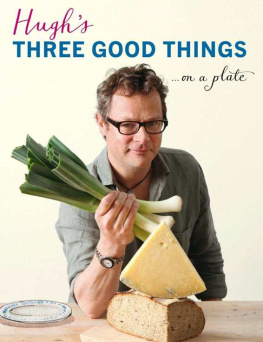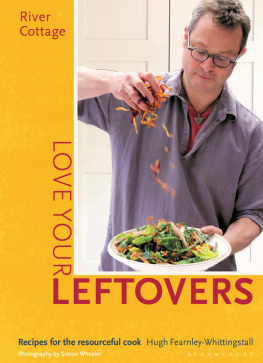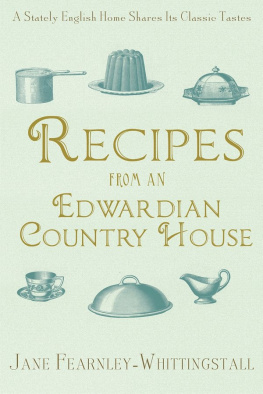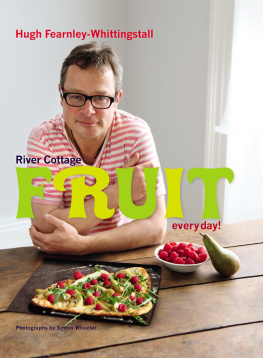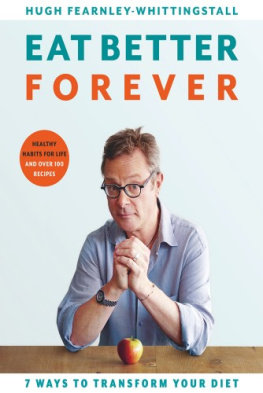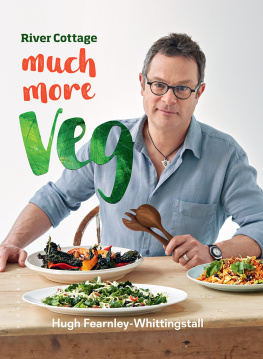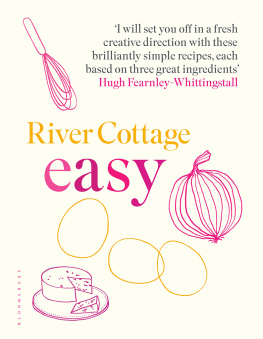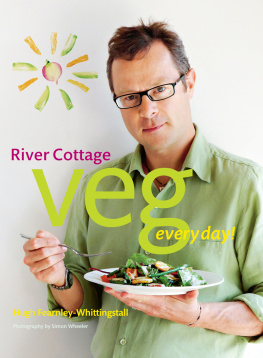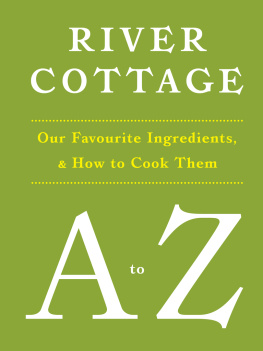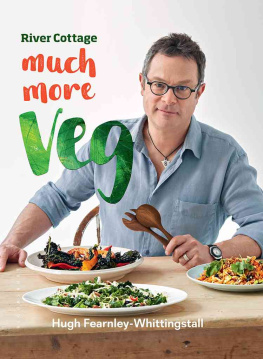If you ever feel your cooking is stuck in a rut, your repertoire of recipes a little tired, then thisridiculously simple cookbook is aimed at you. I hope to set you off in a fresh creative direction, notjust with another collection of recipes, but with a radical new perspective on cooking.
This book is not about exotic ingredients or trendy techniques. Nor is it a polemic aboutshunning certain foods or worshipping others. Its about recognising a simple pattern that alreadyunderpins many well-loved dishes, and having fun experimenting with that pattern. This is what Ihave been doing for the past year or so, and I must say Ive had a whale of a time.
So what is this magic pattern? To be honest, its hardly a revelation in itself. It all stems fromthe simple observation, which first struck me pretty much out of nowhere a couple of years back,that so many of the recipes I was creating at home, and indeed many that I was enjoying cookingor eating from other writers and chefs, had something in common. They were little more, andlittle less, than three good things on a plate .
Scallops, bacon and pea pure; asparagus, goats cheese and olive oil; beetroot, feta andparsley; tomato, avocado and mozzarella; ham, egg and chips; rhubarb, crumble and custard; evenhumble jacket potato, baked beans and grated Cheddar They all work, dont they? Perhaps thisshould come as no great surprise. After all, its no secret that three is a magic number. In many ofthe worlds religions, not least the one I was weaned on, three has a mystical significance. Butwhile I remain somewhat agnostic about the C of E version of the doctrine of the Holy Trinity, Icount myself as a born-again convert in the kitchen. Inspired arrangements of Three Good Thingscan shine everlasting light on the humblest of ingredients, transporting Them to a higher culinaryplane so that They are greater even than the sum of Their parts. (My reverential caps.)
Lets take another look at some of our favourite everyday dishes, our most comforting treats.Think scones with jam and cream; a bacon sandwich on fluffy white bread with lots of ketchup (orbrown sauce); fish and chips with mushy peas. Or hop over the Channel and consider the croquemonsieur chewy crusty bread, gooey creamy cheese, salty ham. Come to my house for breakfast:Freddys devouring pancakes with sugar and lemon, Chloes eating porridge with golden syrupand cream, and Oscars having cornflakes with cold milk and a sliced banana. Meanwhile Imenjoying a double espresso with a shot of brandy and a fag Only kidding , obviously
Of course, you cant just throw any three ingredients together and expect an instant hit. Butnor is it necessary to be a professional chef, or some kind of culinary wizard, to make this simpleapproach work. The key is to combine flavours and textures so that each ingredient shines andsomehow tastes more of itself. You can usually deconstruct the most successful food trinities intoa trio of adjectives that reveal how each ingredient differs deliciously from the others. Salty,sweet, crunchy; sharp, rich, crumbly; hot, bland, crisp. Landing on such winning combinations ispretty instinctive. Most of us naturally reach for the cool, sweet cream to pour over our tangyapple crumble, or the salt and vinegar to go on our chips. Listen to what your tastebuds are tellingyou, and you will be very much on the right track.
Looking back over nearly two decades, I see the magic number lurking behind more than halfof the dishes Ive submitted to print or cooked on the telly. Sometimes the Rule of Three isworking overtly, and sometimes its more subtle. But even with more elaborate dishes, there areso often three primary ingredients holding the fort. Many of the others could easily be let go, andthe dish would be none the worse. Actually, it might even be improved.
So in this book I decided to explore the length, depth and breadth of my theory, the full rangeof possibilities afforded by this compelling little idea. And do you know what? Although I haveproduced more than 175 recipes here, I feel Ive hardly scratched the surface. I could easily double,triple, even quadruple this number. With most of the recipes, just taking the three main playersand preparing them in a different way raw instead of cooked, for instance will give you awhole new dish, and its something Ive done several times within the book.
If you go a bit further and start swapping new ingredients into the trinity (celery for fennel,pollack for mackerel, plums for peaches), then the skys the limit. Thats why so many of therecipes come with simple ideas for varying the offering: my plus ones and swaps. They are triedand tested too, and I hope youll use them as a jumping-off point to knock out your ownfreewheeling interpretations of these lovely combinations.
I would like to offer just a few cautions. First, dont go mad. Remember that for every Heston,there are a hundred Aubreys (the Timothy Spall character in Mike Leighs Life is Sweet ). Although,as I recall, his particular problem was disastrous duos: liver with lager and prawns with jamboth stick in the mind (as they would in the gullet). Sweet, salty and bland is a great guidingprinciple, but it doesnt always work try chocolate and taramasalata pancakes.
Second, the quality of your raw materials is all. Theres no phone-book-length list ofingredients to hide behind with this kind of cookery, so vegetables and fruit need to be at theirfreshest and/or ripest, while cheeses, fish and meat must be of the highest quality you can find.
Third, obviously, lets not be too pedantic. Your recipes, my recipes hey, our recipes are allgoing to be based on the idea of three complementary elements in which the whole plate becomesgreater than the sum of its parts. But that doesnt mean that the recipes always have only threeingredients. Far from it. Many of these dishes have a dressing, a knob of melted butter, a dash ofoil or a sprinkling of spice to help them along. Sometimes we might count olive oil as one of thethree elements, as in toast, olive oil, honey (). Thats myprerogative and, of course, yours.
So, in some cases, there really are no more than three ingredients or very simple elements:).
Then again, sometimes one or two of the things are not elemental at all, but made or bought for example the simple cake in almond cake, honey, oranges (). This applies particularly to the Fruity Threesomesand Triple Treats chapters. Crumble, meringue and custard, for example, are going to count ashonorary single elements in my trios. (Note that a good custard just happens to be made up ofthree good things: eggs, cream and sugar.)
And of course, this is cooking, not politics or religion. We need a light touch and a sense offun. Tinkering and tweaking is wholly encouraged. All the combinations here are entirely open tointerpretation and re-invention. Much as I would love you to enjoy these recipes just as Ivewritten them, I also believe that many of the best meals youll ever eat will have some personaltouch, some element of improvisation, small or great, from the cook preparing them. And I amconvinced that the Rule of Three can unlock a whole creative force for cooks who are willing toexperiment and take a few risks.

